A Slap Against Death? Interpreting the Prophet Mūsā's Encounter with the Angel of Death
Among the narrations found in the authentic collections of hadith, one that has sparked considerable debate, particularly among sceptics and those unfamiliar with Islamic theology, is the hadith about Prophet Musa (AS) slapping the Angel of Death. To modern minds and rationalist critics, this hadith may appear problematic, and it is sometimes used to cast doubt on the credibility of Islamic tradition. However, within the framework of traditional Islamic scholarship, this narration is both accepted and understood in a manner that harmonises with theology, metaphysics, and prophetic conduct. This article presents a comprehensive and structured defence of the hadith, grounded in the Qur'an, Sunnah, and the insights of major scholars. By examining the textual evidence, theological premises, and interpretive principles, we will demonstrate that the hadith not only aligns with Islamic beliefs but also offers deep insight into the nature of life, death, prophecy, and Divine decree.
THE HADITH IN QUESTION
The narration appears in multiple authentic hadith collections, most notably Sahih al-Bukhari and Sahih Muslim:
Narrated Abu Huraira (RA): "The Angel of Death was sent to Musa (AS) and when he went to him, Musa slapped him severely, spoiling one of his eyes. The Angel returned to his Lord and said, 'You sent me to a servant who does not want to die.' Allah restored his eye and said, 'Go back and tell him to place his hand over the back of an ox and for every hair that will come under it, he will be granted one year of life.' Musa said, 'O Lord! What will happen after that?' He said, 'then death.' Musa said, 'Let it be now.' So he asked Allah to let him die near the Sacred Land so much so that he would be at a distance of a stone's throw from it."
(Abu Huraira added) Allah's Messenger (SAW) said, "If I were there, I would show you his grave below the red sandhill on the side of the road."
Arabic Text:
عَنْ أَبِي هُرَيْرَةَ، قَالَ: بُعِثَ مَلَكُ الْمَوْتِ إِلَى مُوسَى فَلَمَّا جَاءَهُ صَكَّهُ، فَرَجَعَ إِلَى رَبِّهِ فَقَالَ: أَرْسَلْتَنِي إِلَى عَبْدٍ لَا يُرِيدُ الْمَوْتَ، فَرَدَّ اللَّهُ إِلَيْهِ عَيْنَهُ، وَقَالَ: ارْجِعْ إِلَيْهِ، فَقُلْ لَهُ: يَضَعْ يَدَهُ عَلَى مَتْنِ ثَوْرٍ، فَلَهُ بِكُلِّ مَا غَطَّتْ يَدُهُ بِهِ مِنْ شَعْرَةٍ سَنَةٌ، قَالَ: أَيْ رَبِّ ثُمَّ مَاذَا؟ قَالَ: ثُمَّ الْمَوْتُ، قَالَ: فَالآنَ، قَالَ: فَسَأَلَ اللَّهَ أَنْ يُدْنِيَهُ مِنَ الْأَرْضِ الْمُقَدَّسَةِ رَمْيَةً بِحَجَرٍ، فَقَالَ رَسُولُ اللَّهِ صَلَّى اللَّهُ عَلَيْهِ وَسَلَّمَ: "فَلَوْ كُنْتُ ثَمَّ لَأَرَيْتُكُمْ قَبْرَهُ إِلَى جَانِبِ الطَّرِيقِ تَحْتَ الْكَثِيبِ الْأَحْمَرِ"
ANGELS IN HUMAN FORM: QUR’ANIC EVIDENCE
The Qur’an itself affirms the possibility of angels taking human form, an idea essential to understanding this hadith. These examples demonstrate that angels can appear in such a way that they are mistaken for ordinary people:
- Ibrahim (AS) – "And certainly did our messengers come to Abraham with good tidings; they said, 'Peace.' He said, 'Peace,' and did not delay in bringing [them] a roasted calf... They said, 'Fear not. We have been sent to the people of Lot.'"
- Lut (AS) – "And when our messengers came to Lot, he was distressed for them and felt for them great discomfort and said, 'This is a trying day.'"
- Maryam (AS) – "Then we sent to her Our Spirit, and he appeared before her as a man in all respects."
- Jibreel with the Companions – The famous hadith of Jibreel appearing in the form of a man to teach the Companions about Islam, where none recognised him, illustrates the same phenomenon.
Thus, the appearance of the Angel of Death to Musa (AS) in human form is consistent with both Qur’anic precedent and Prophetic narration.
CLASSICAL SCHOLARLY INTERPRETATION
Classical scholars have never taken this hadith as irrational or impossible. Instead, they provided thoughtful explanations that fit within the framework of Islamic theology:
- Ibn Hibban stated that Musa (AS) did not recognise the angel and thought an intruder was attempting to harm him. His slap was an act of justified self-defence.
- Ibn Hajar al-‘Asqalani, in Fath al-Bari, emphasised that Musa's (AS) act was not one of opposition to the divine command but rather a spontaneous human reaction to an unknown intruder.
- Al-Yamani, in Al-Anwar al-Kashifa, explained that angels in human form do not share the vulnerabilities of humans, and any injury to that form does not harm their essential nature.
- Ibn Qutaybah, in Ta’wil Mukhtalif al-Hadith, suggested that the hadith could be metaphorical: the slap symbolising rejection of death without due understanding.
- Imam al-Nawawi, in his Sharh Sahih Muslim, affirmed the authenticity of the narration and argued that it must be accepted as it is, due to the credibility of its transmission.
- Ibn al-Jawzi, in Kashf al-Mushkil, confirmed the narration’s soundness and aligned with the view that Musa (AS) acted due to not knowing who the visitor was.
THE PRINCIPLE THAT PROPHETS ARE GIVEN A CHOICE
A critical point of theological significance is that prophets are given a choice before death. Another hadith affirms this:
A’isha (RA) narrated: "I heard the Messenger of Allah (SAW) say, 'No Prophet dies until he sees his place in Paradise and is given a choice (between life and death).'"
This means that Musa (AS) had not yet received this choice at the time of the slap, reinforcing the idea that he did not recognise the angel. As Ibn Hajar states, had Musa (AS) been aware that this was the Angel of Death and that his time had come, he would have complied immediately.
LEGAL BASIS FOR SELF-DEFENSE IN ISLAMIC LAW
The Prophet (SAW) said:
"Whoever looks into the house of a people without their permission, it is permissible for them to put out his eye."
Arabic: مَنِ اطَّلَعَ فِي بَيْتِ قَوْمٍ بِغَيْرِ إِذْنِهِمْ، فَقَدْ حَلَّ لَهُمْ أَنْ يَفْقَؤُوا عَيْنَهُ
If Islam permits defensive action against an intruder violating one’s privacy, it stands to reason that a prophet could act strongly against an unidentified person approaching without explanation—especially if the approach indicated harm or aggression.
THEOLOGICAL AND METAPHYSICAL CONSIDERATIONS
The narration reveals essential aspects of Islamic theology:
- Human nature of prophets: They experience fear, emotion, and act with limited information, just as Musa (AS) reacted defensively.
- Non-human essence of angels: While angels may be represented physically, their true forms are spiritual and unaffected by earthly violence.
- Divine Mercy and Will: Allah restored the angel’s eye and clarified the mission, showing the fluidity of Divine Will in dealing with prophets.
- Recognition and Consent: Death must come to prophets with awareness and willingness, not as a surprise.
CONTEMPORARY SCHOLARLY DEFENSE
Modern scholars also defend this narration as authentic and reasonable within its context:
- Shaykh al-Albani, in Silsilat al-Ahadith al-Sahihah, classified it as sound and warned against those who reject authentic narrations out of personal discomfort.
- Dr. Yasir Qadhi explains that belief in sahih hadith is foundational. If a narration is authentic, our task is to understand it, not dismiss it. Rational discomfort should not override the epistemological hierarchy established in Islam.
ADDRESSING RATIONALIST CRITICISMS
Critics argue that the angel should be invulnerable or that the event is anthropomorphic. These criticisms stem from an ignorance of:
- The Qur’anic precedent of angels in human form
- The Islamic understanding of prophetic conduct
- The metaphysical distinction between angelic essence and physical manifestation
- The nature of authentic hadith methodology
CONCLUSION
The hadith about Musa (AS) slapping the Angel of Death, though seemingly perplexing to modern sensibilities, is firmly rooted in Islamic tradition. It is authenticated in the most reliable hadith collections and is supported by the Qur’anic depiction of angels in human form. Classical scholars, and modern ones alike, have interpreted it with theological depth and clarity. Musa’s (AS) reaction was a human one, grounded in his role as a prophet who had not yet been granted the divine choice concerning his death. Rather than casting doubt on the hadith, a thoughtful examination reveals the consistency and depth of the Islamic worldview. This incident is a testament to the complex and beautiful interaction between Divine decree, prophetic experience, and angelic missions.
About the Author
Muhammed Khubaib E is a recent graduate from the Department of Hadith and Related Sciences at Darul Huda Islamic University. He currently serves as an independent researcher in Hadith and Islamic Studies,
BIBLIOGRAPHY
Al-Albani, Muhammad Nasir al-Din. Silsilat al-Ahadith al-Sahihah. Riyadh: Maktabat al-Ma’arif.
Al-Asqalani, Ibn Hajar. Fath al-Bari. Cairo: Dar al-Ma'arif.
Al-Jawzi, Ibn. Kashf al-Mushkil min Hadith al-Sahihayn. Beirut: Dar Ibn Hazm.
Al-Nawawi. Sharh Sahih Muslim. Cairo: Dar al-Hadith.
Al-Yamani. Al-Anwar al-Kashifa. Beirut: Dar al-Fikr.
Ibn Hibban. Sahih Ibn Hibban. Beirut: Mu'assasat al-Risalah.
Ibn Qutayba. Ta’wil Mukhtalif al-Hadith. Beirut: Dar al-Kutub al-Ilmiyya.
Qadhi, Yasir. Lecture Series on Hadith Authenticity, 2018.
Disclaimer
The views expressed in this article are the author’s own and do not necessarily mirror Islamonweb’s editorial stance.

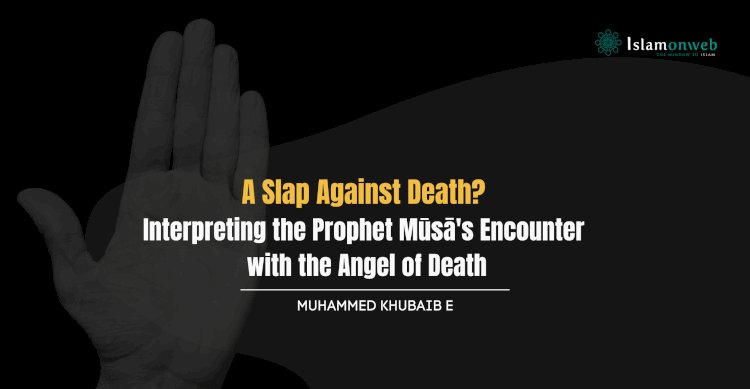



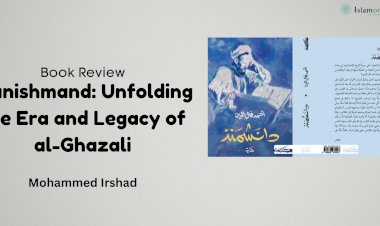

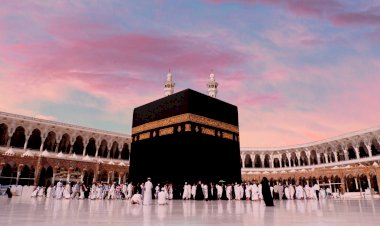













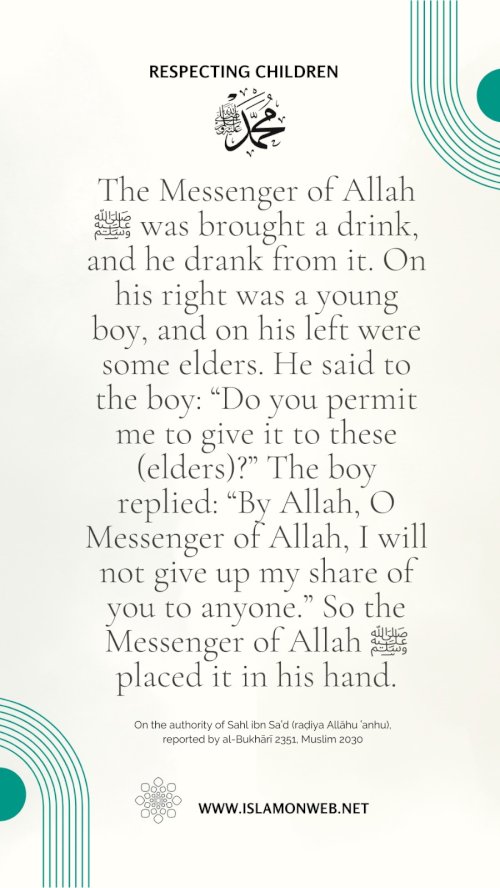
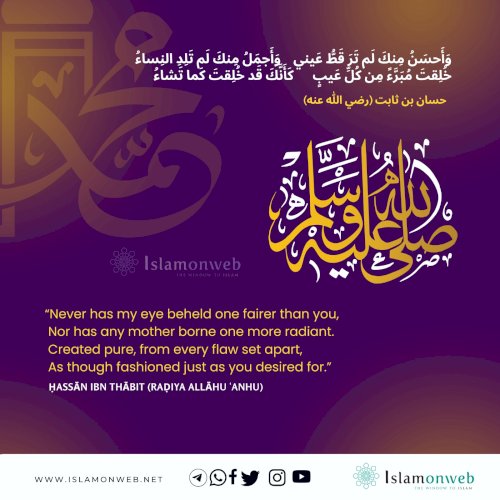

Leave A Comment